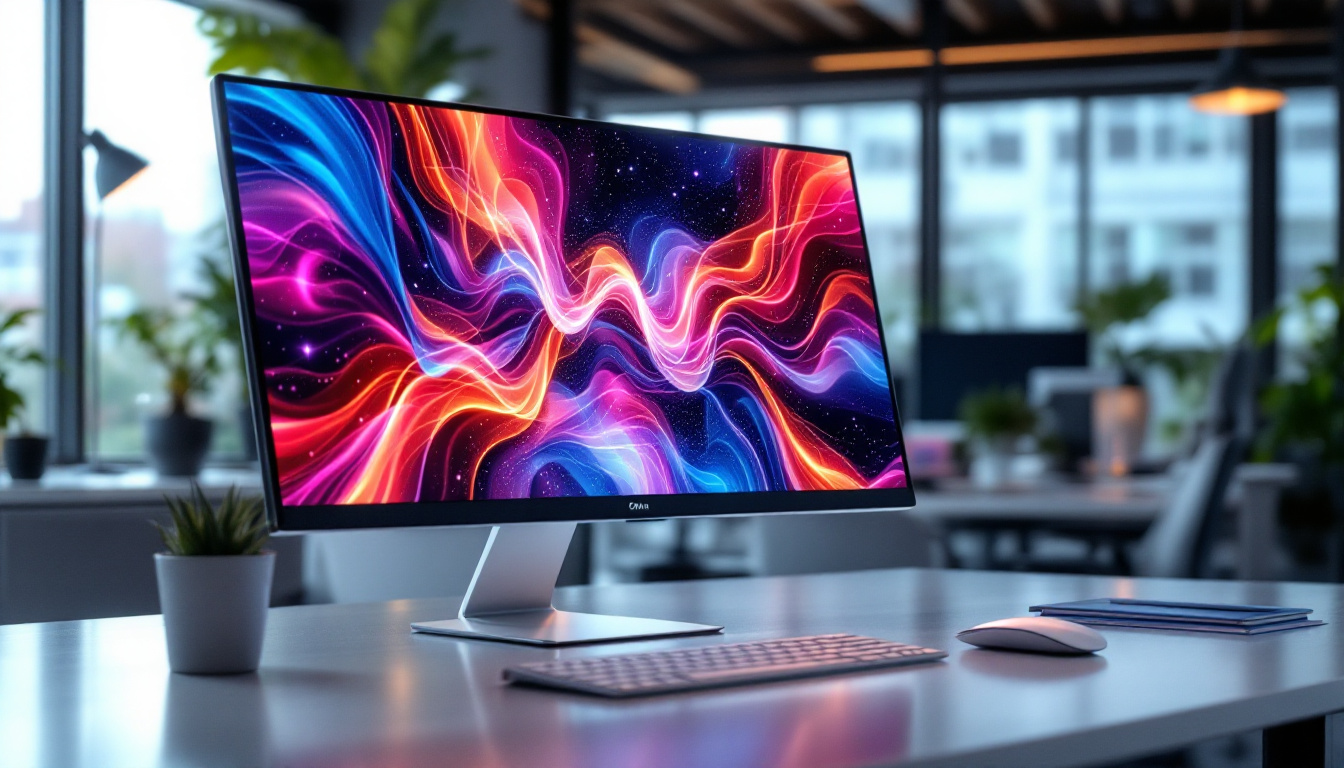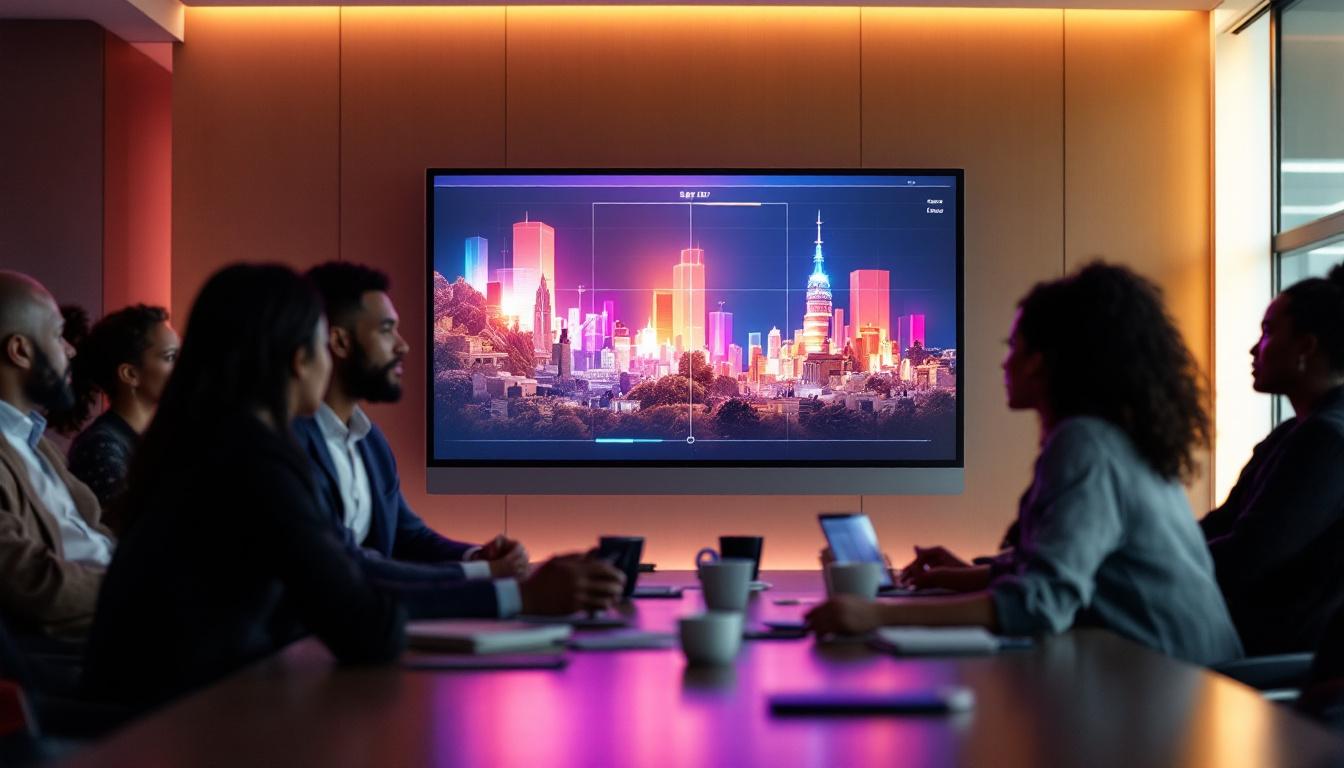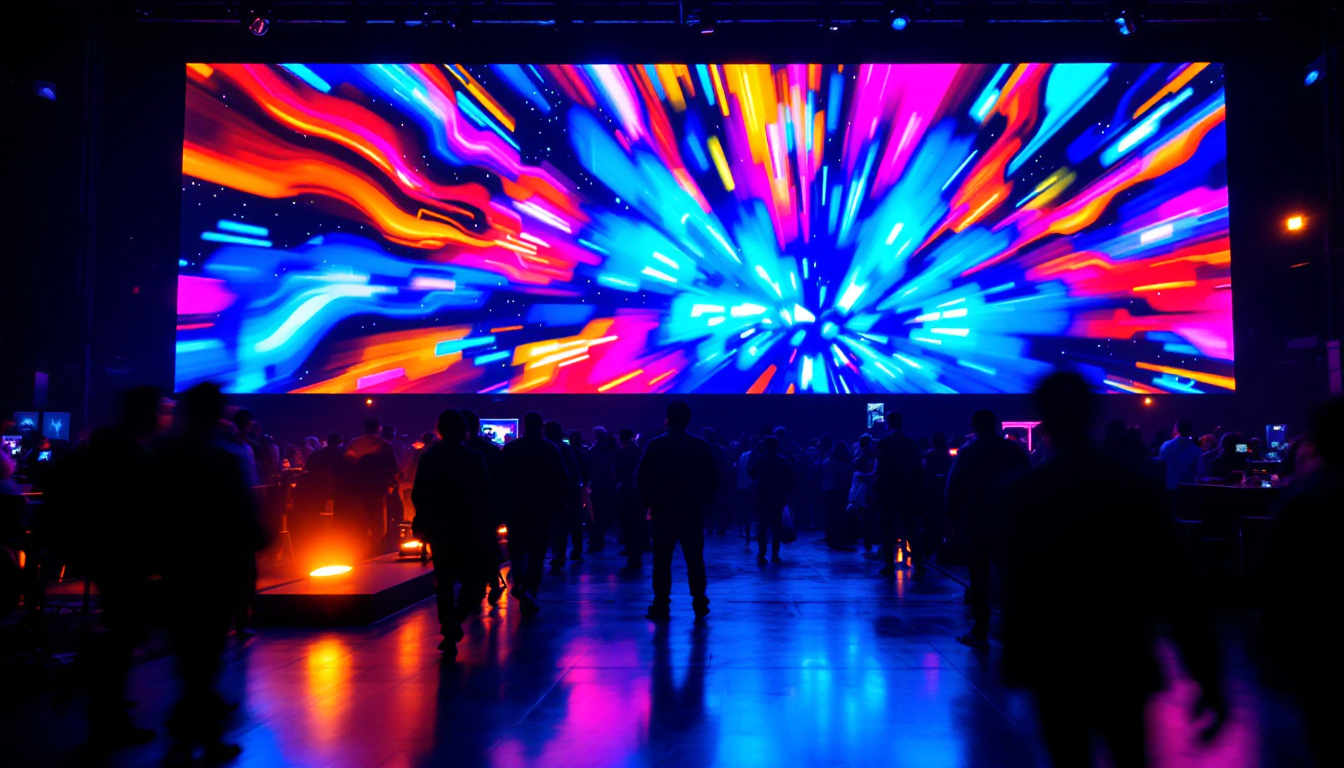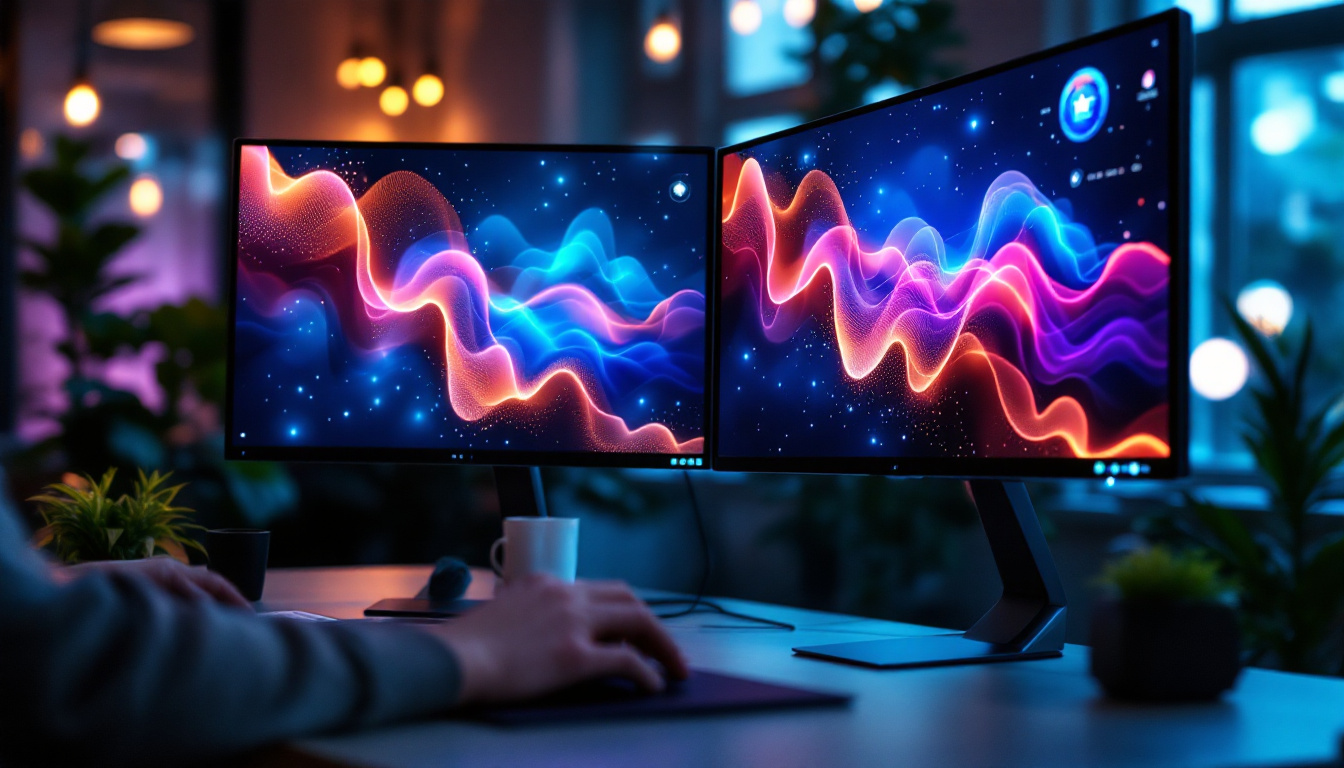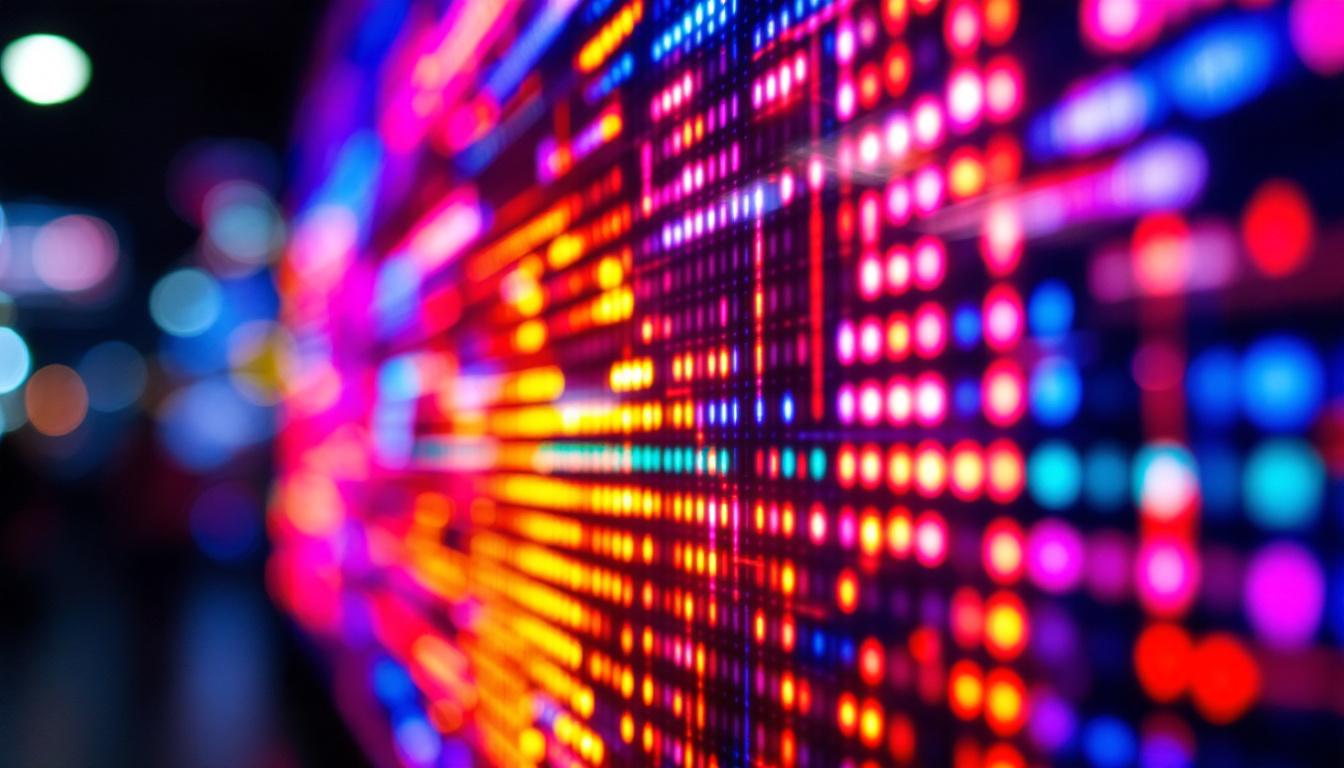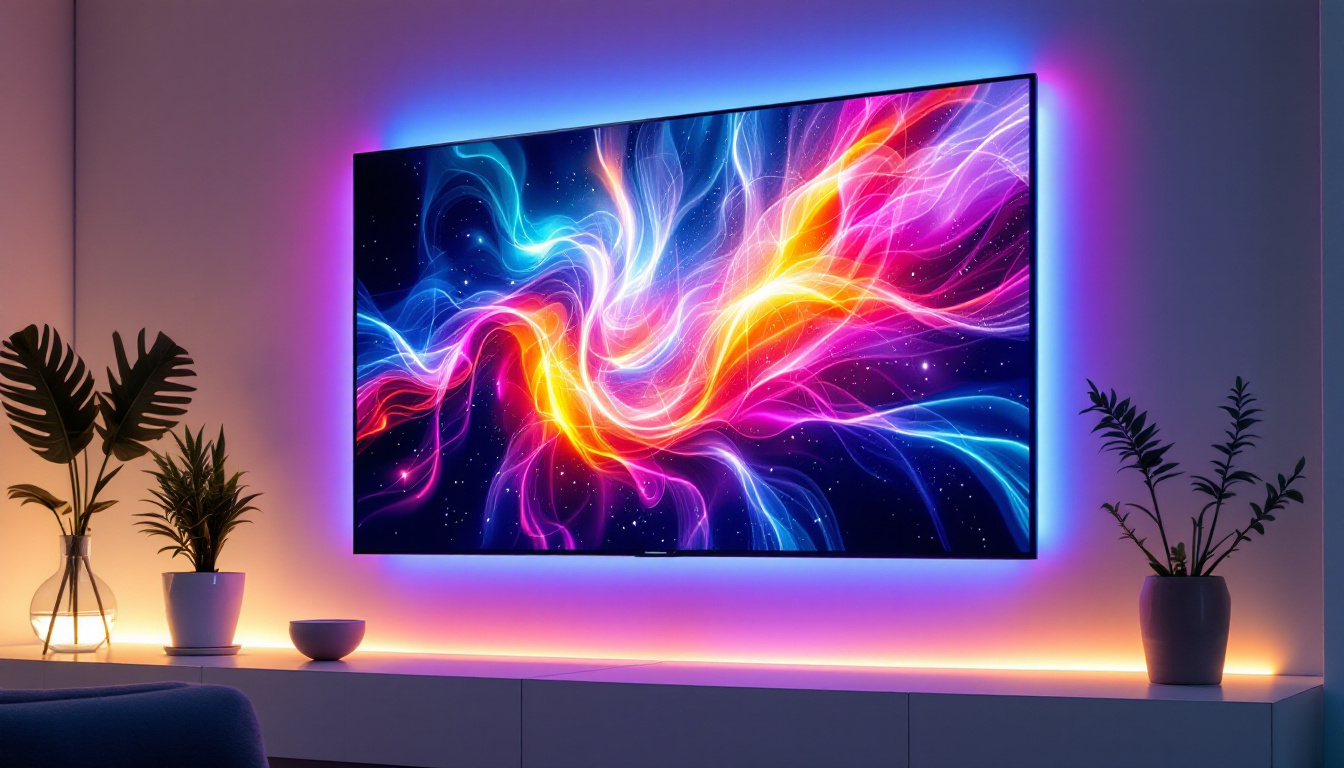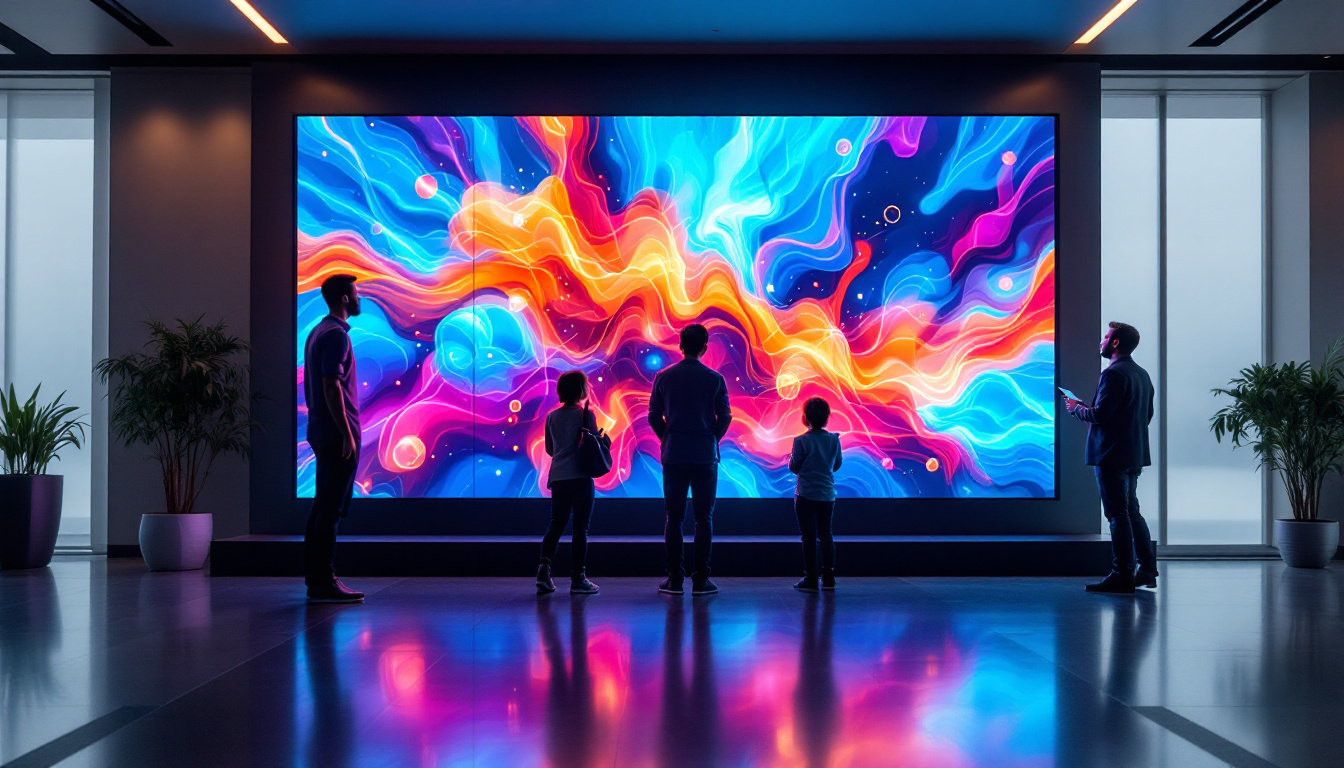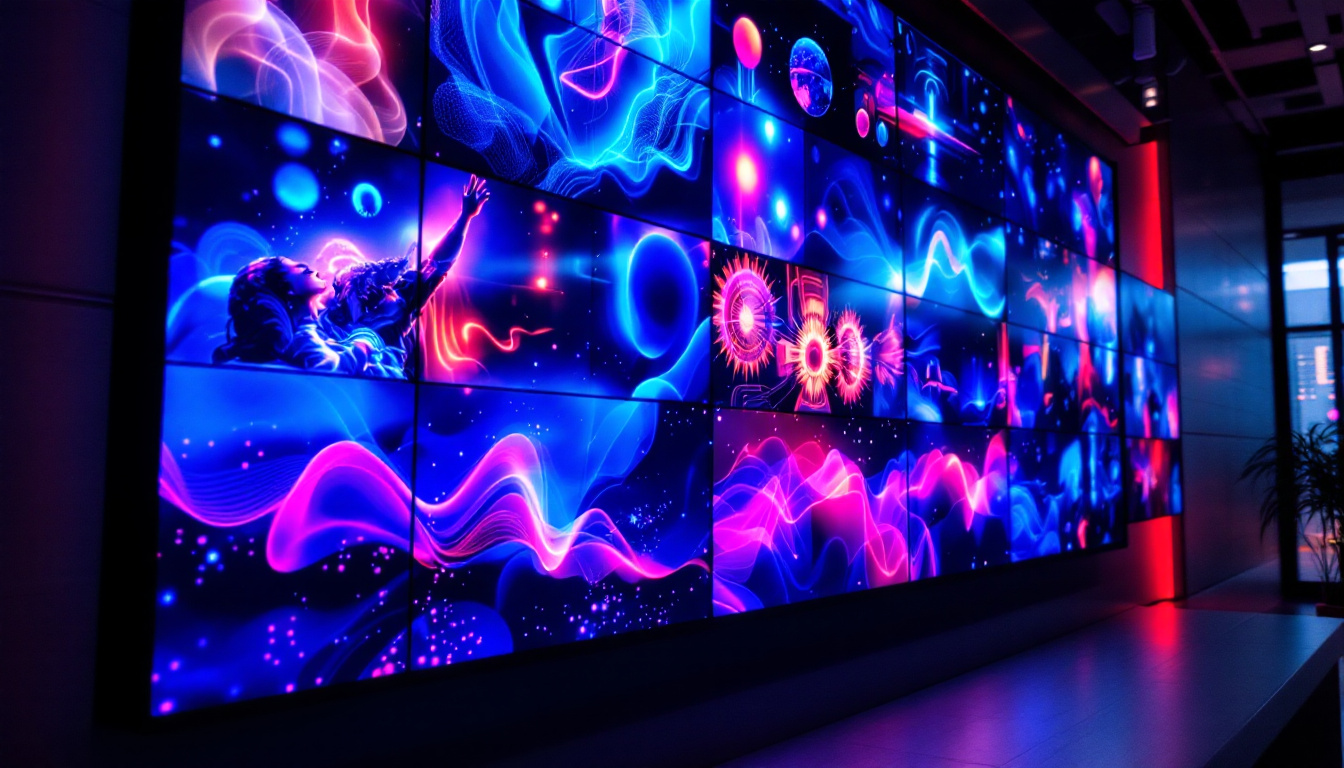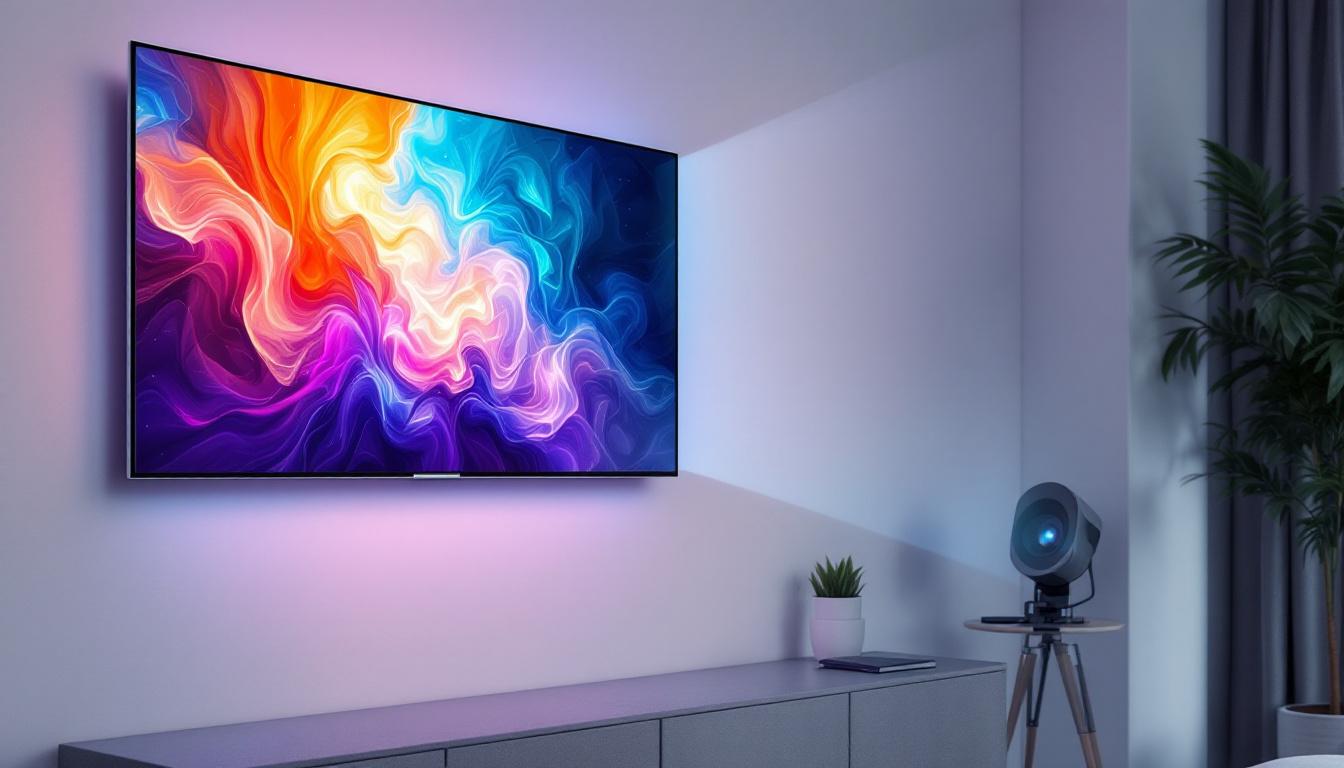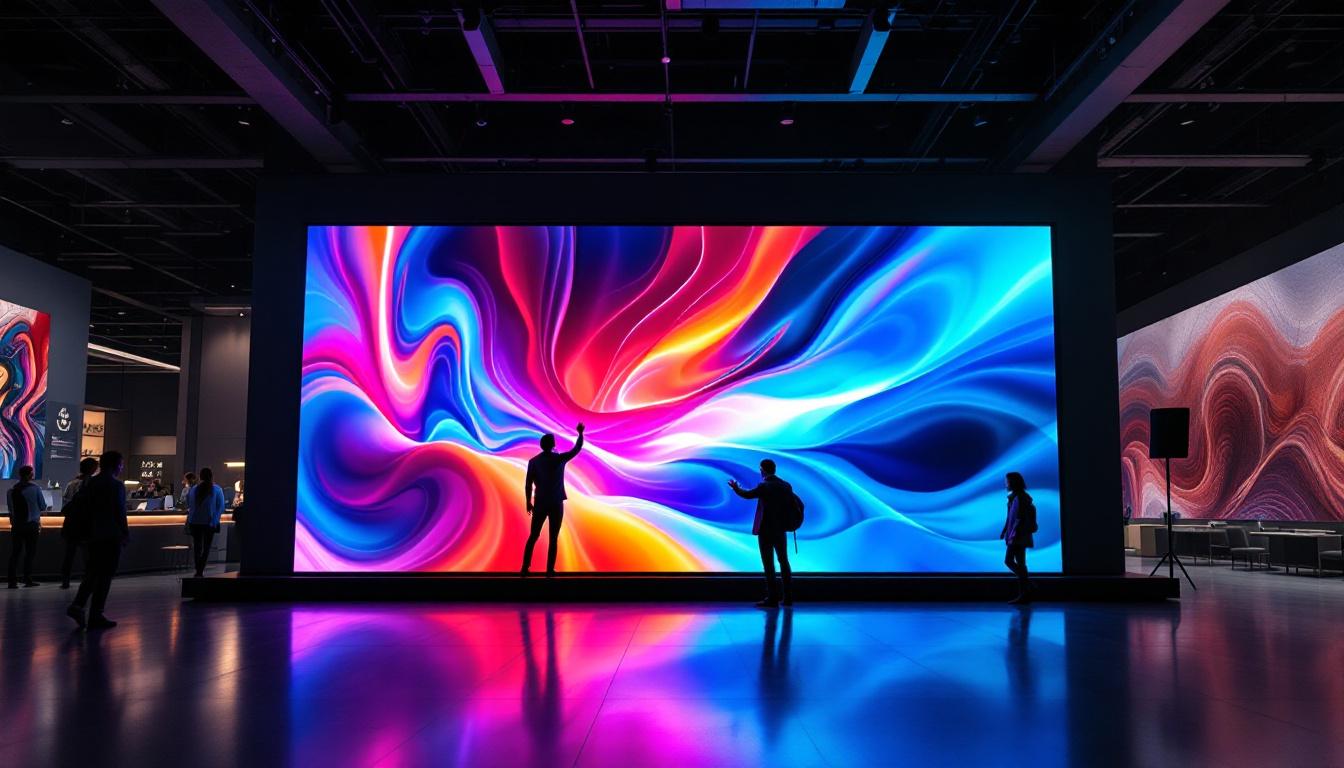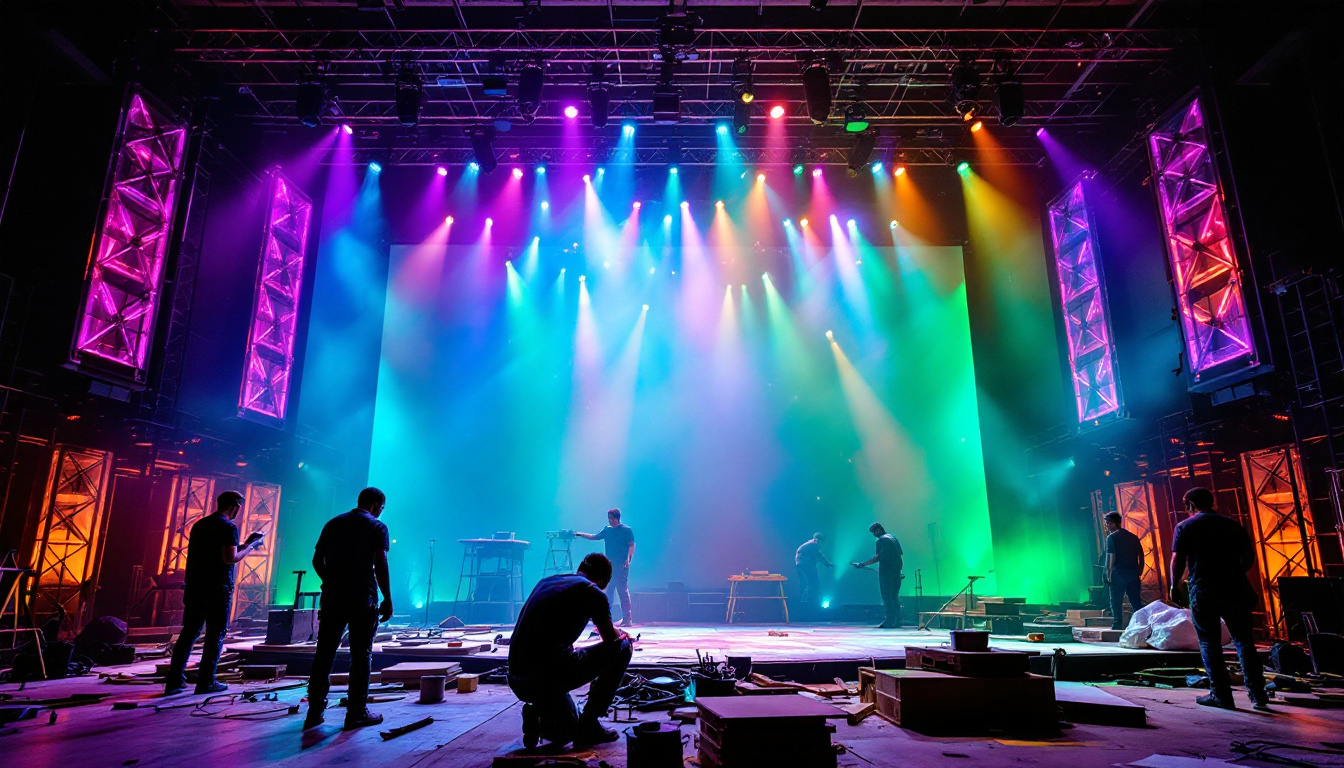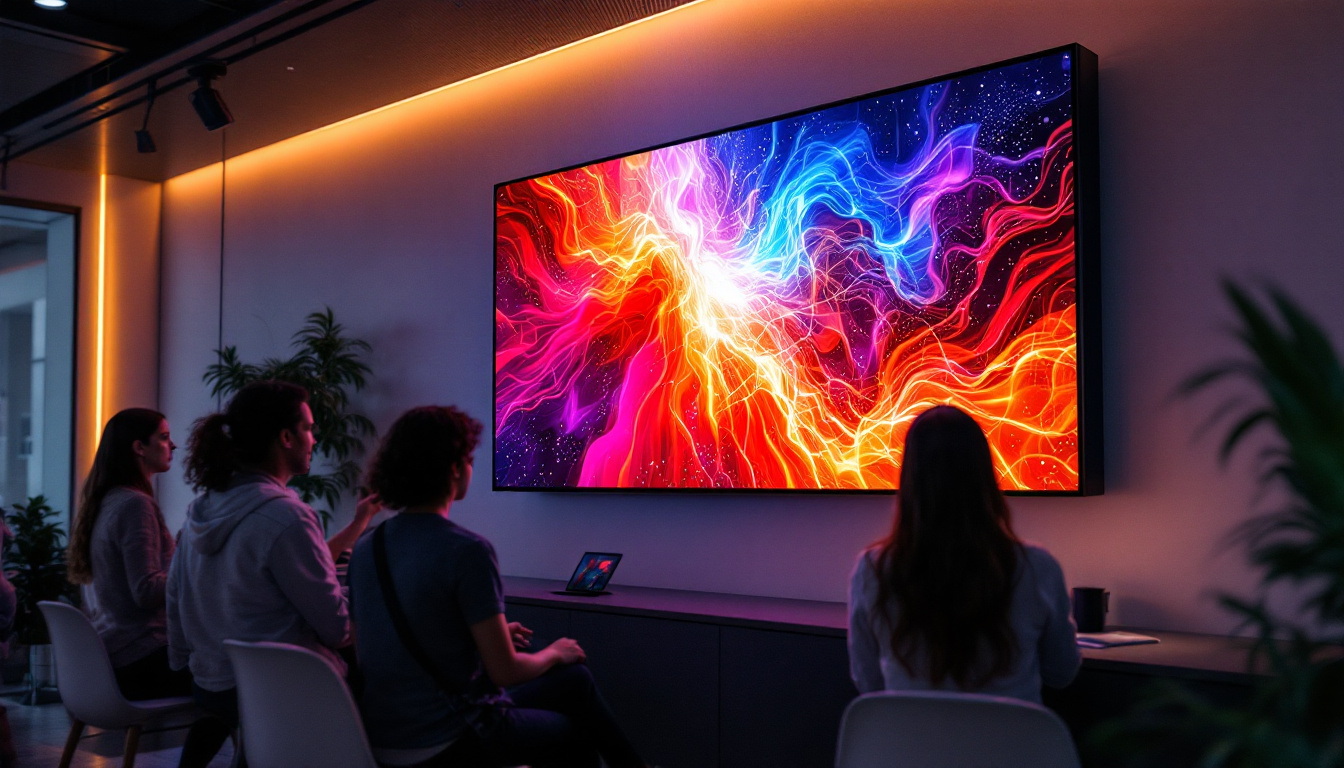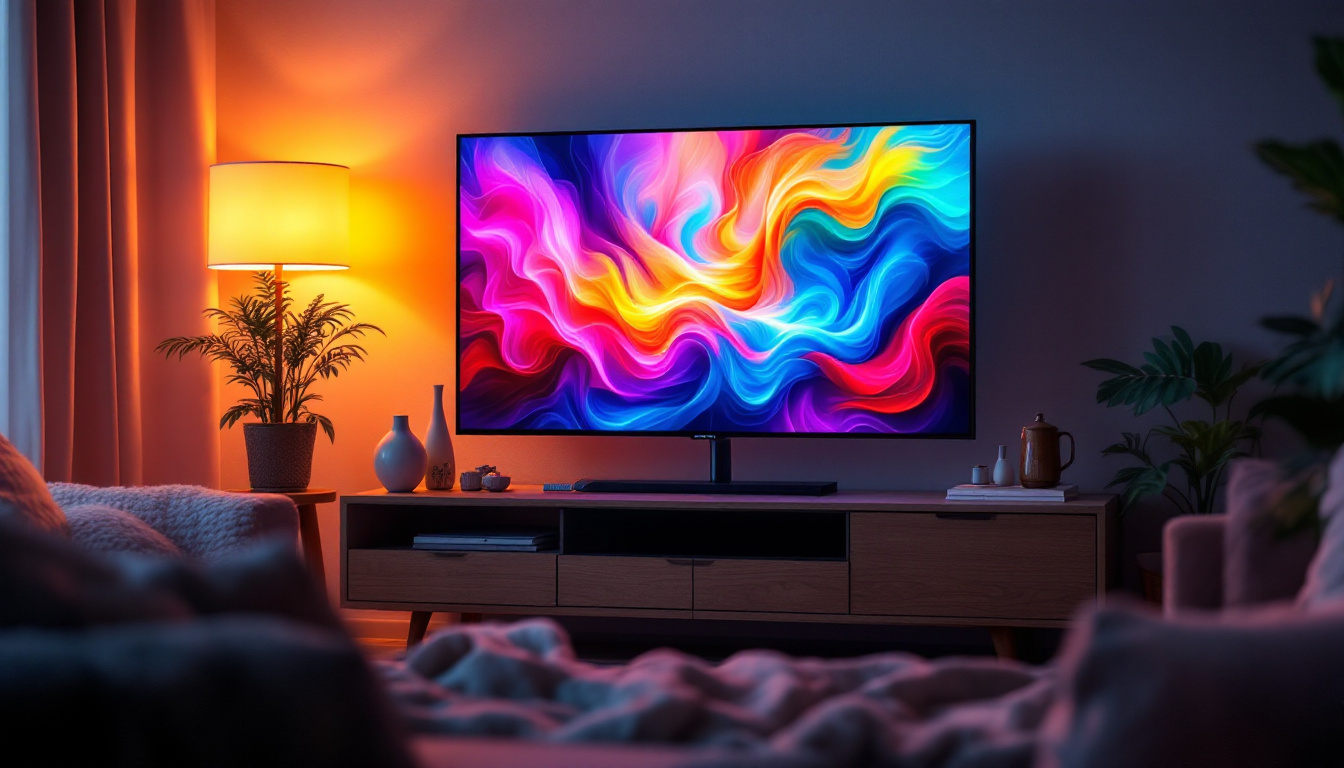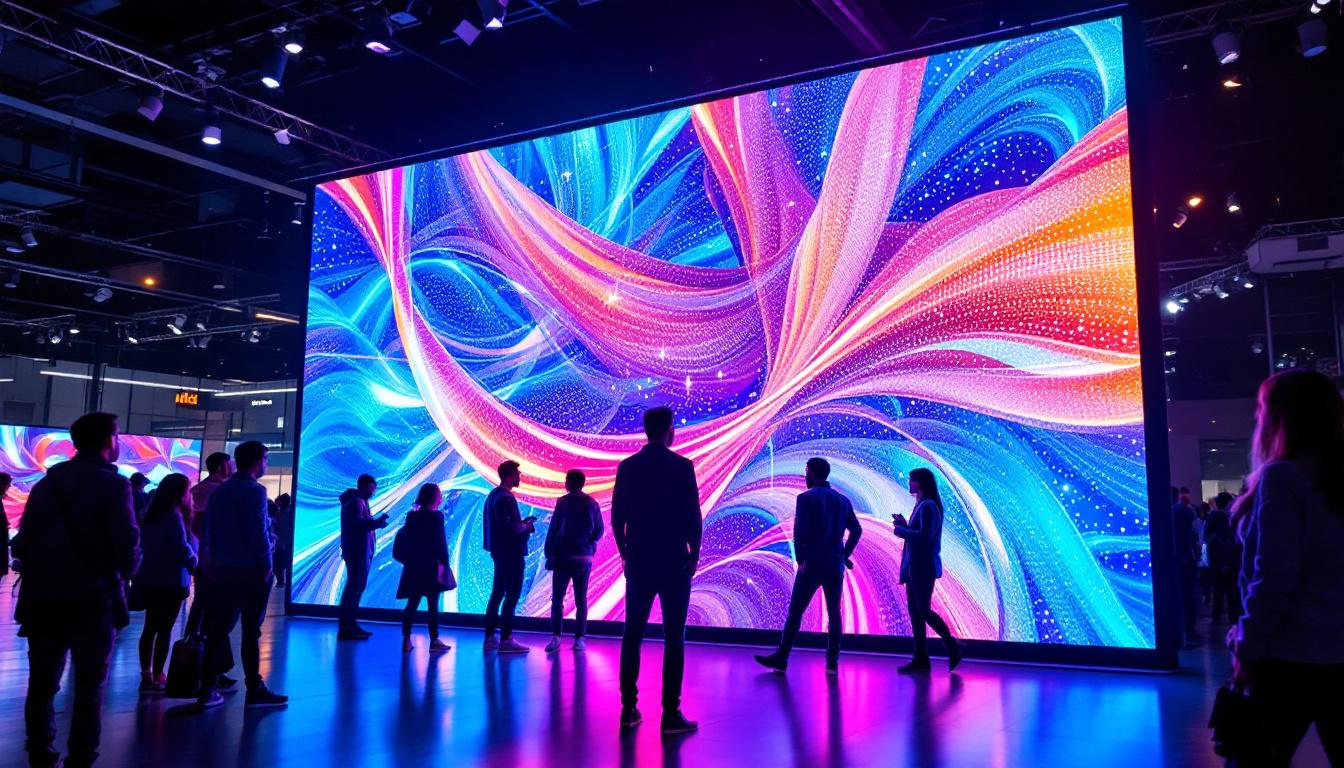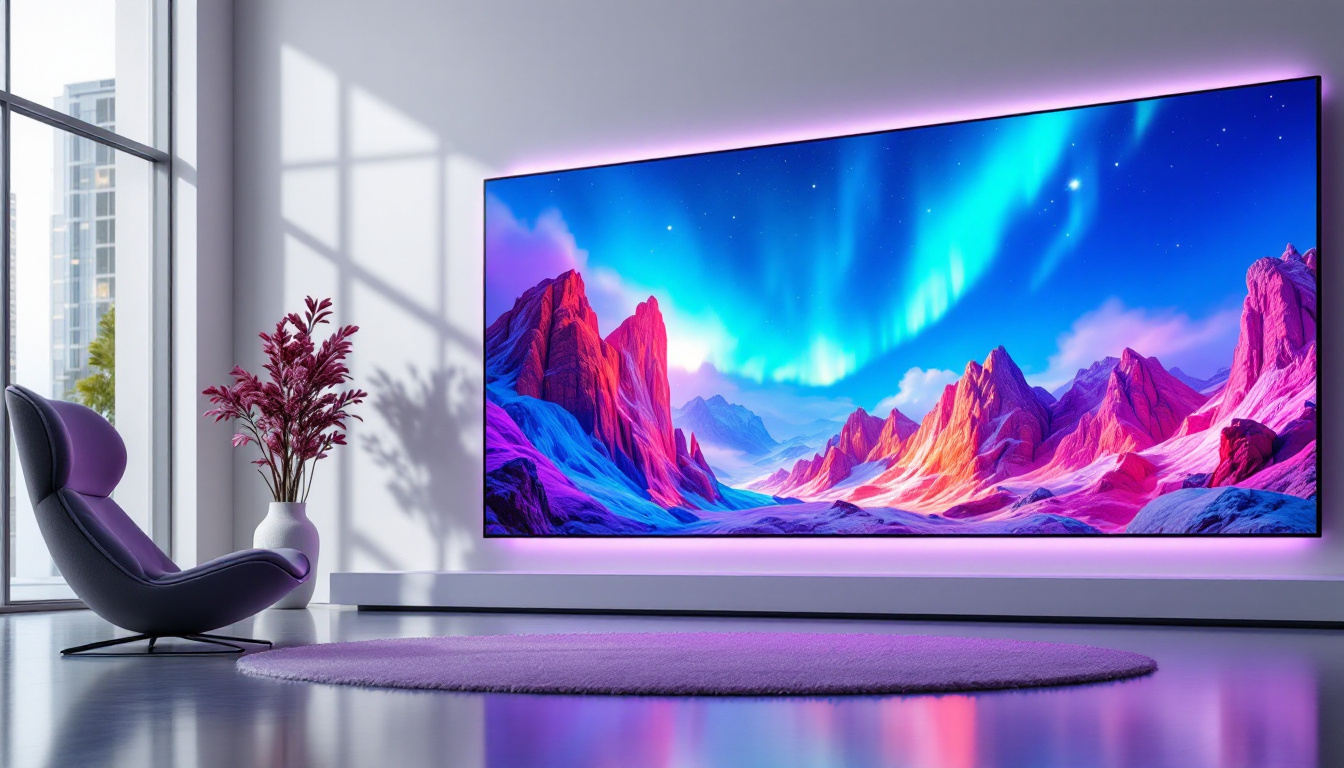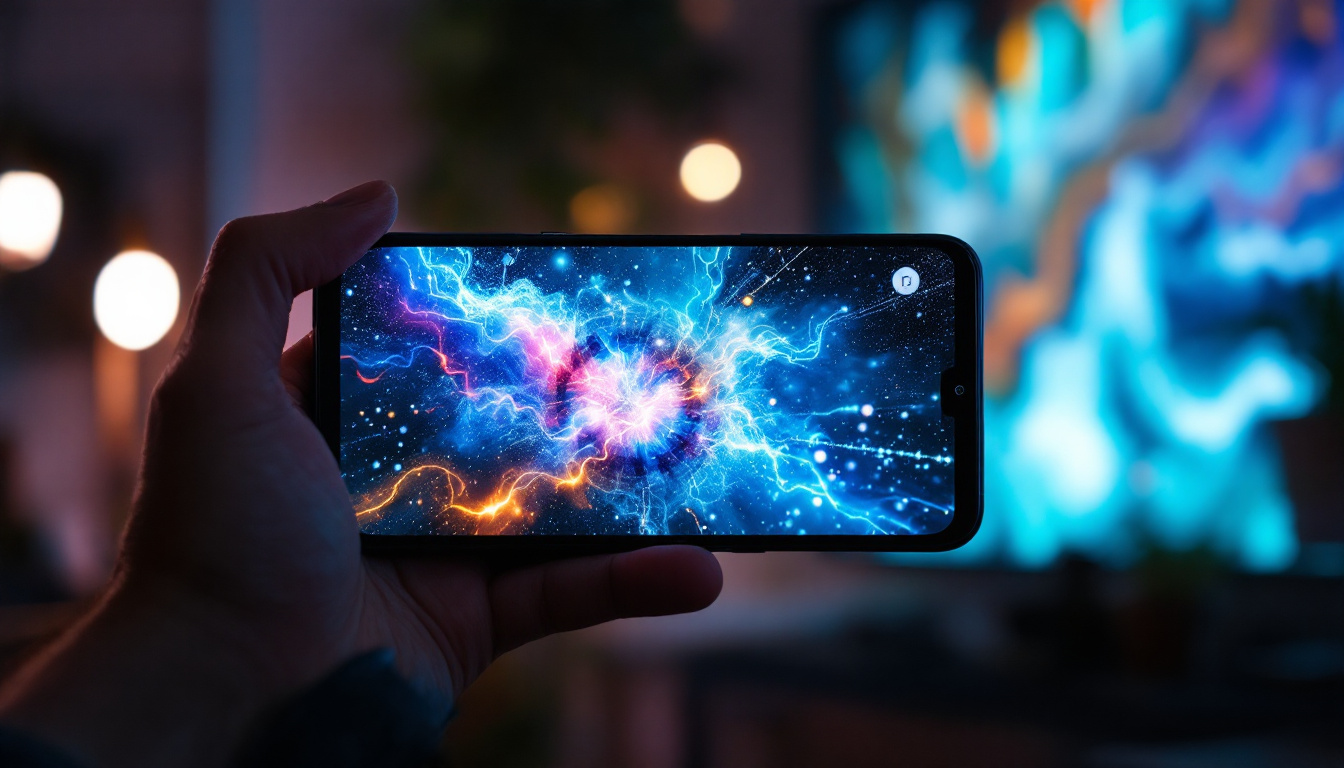In the ever-evolving world of technology, desktop monitors have undergone significant transformations. Among the various types of displays available, LED (Light Emitting Diode) monitors have become increasingly popular due to their superior performance and energy efficiency. This article delves into the intricacies of LED displays, exploring their advantages, types, and the technology behind them.
Understanding LED Technology
LED technology has revolutionized the way images are displayed on screens. Unlike traditional LCD monitors that utilize fluorescent backlighting, LED monitors employ tiny light-emitting diodes to illuminate the screen. This fundamental difference not only enhances picture quality but also contributes to energy savings.
How LED Displays Work
At the core of LED technology is the use of semiconductor materials that emit light when an electric current passes through them. These diodes are arranged in a grid behind the screen, providing illumination directly to the pixels. This direct lighting results in deeper blacks and brighter colors compared to conventional LCDs.
There are two primary types of LED displays: edge-lit and backlit. Edge-lit displays have LEDs positioned along the edges of the screen, while backlit displays feature a full array of LEDs behind the panel. The latter offers superior brightness and contrast, making it the preferred choice for high-end monitors. Furthermore, advancements in technology have led to the development of mini-LED and micro-LED displays, which utilize even smaller diodes to achieve finer control over lighting and enhance the overall viewing experience.
Benefits of LED Displays
LED displays are celebrated for several advantages over traditional monitors. One of the most notable benefits is their energy efficiency. LED monitors consume significantly less power, making them an environmentally friendly option. This efficiency translates into lower electricity bills, which is a compelling factor for both home and office users.
Additionally, LED monitors provide a wider color gamut and improved contrast ratios. This means that images appear more vibrant and lifelike. For graphic designers, photographers, and gamers, these attributes are essential for achieving accurate color representation and immersive experiences. The fast response times of LED displays also contribute to smoother motion handling, which is particularly beneficial for fast-paced gaming and high-definition video playback. As a result, users can enjoy a more dynamic and engaging visual experience, whether they are working on creative projects or simply watching their favorite films.
Types of LED Monitors
When selecting an LED monitor, it is crucial to understand the different types available, as each serves distinct purposes and user preferences. The main types of LED monitors include standard LED, OLED, and QLED displays.
Standard LED Monitors
Standard LED monitors are the most common type found in homes and offices. They offer a balanced performance for everyday tasks such as browsing, word processing, and casual gaming. These monitors are typically available in various sizes and resolutions, catering to a wide range of user needs.
While standard LED monitors provide excellent color accuracy and brightness, they may not perform as well in dark environments due to their limited contrast ratios compared to other types. Nevertheless, they remain a popular choice for general use due to their affordability and reliability. Additionally, many standard LED monitors come equipped with features such as adjustable stands and VESA mount compatibility, allowing users to customize their viewing experience for comfort and ergonomics. Furthermore, the energy efficiency of these monitors makes them an environmentally friendly option, appealing to eco-conscious consumers.
OLED Displays
Organic Light Emitting Diode (OLED) displays represent a significant advancement in monitor technology. Unlike traditional LED monitors, OLED panels do not require a backlight. Each pixel emits its own light, allowing for true blacks and exceptional contrast ratios.
This technology results in stunning visuals, making OLED displays ideal for media consumption, gaming, and professional design work. However, they often come with a higher price tag, which can be a consideration for budget-conscious consumers. In addition to their superior picture quality, OLED monitors are known for their fast response times, which can significantly enhance the gaming experience by reducing motion blur. They also offer wider viewing angles, ensuring that the image remains consistent and vibrant from different perspectives, making them a favorite among creative professionals who require precise color fidelity.
QLED Monitors
Quantum Dot LED (QLED) monitors utilize quantum dot technology to enhance color accuracy and brightness. This type of display combines the benefits of LED backlighting with the vibrant colors produced by quantum dots. As a result, QLED monitors can achieve higher brightness levels and a broader color spectrum than standard LED monitors.
QLED displays are particularly popular among gamers and content creators who require precise color reproduction and high dynamic range (HDR) capabilities. While they tend to be more expensive than standard LED monitors, the investment can be worthwhile for those seeking top-tier performance. Additionally, many QLED monitors feature advanced gaming technologies such as variable refresh rates and low input lag, making them ideal for competitive gaming scenarios. They also often come with smart features, allowing users to connect to streaming services directly, providing a seamless entertainment experience without the need for additional devices.
Choosing the Right LED Monitor
Selecting the right LED monitor involves considering various factors that align with individual needs and usage scenarios. From screen size to resolution, each aspect plays a vital role in the overall experience.
Screen Size and Resolution
Screen size is one of the first considerations when purchasing a monitor. Larger screens provide a more immersive experience, especially for gaming and multimedia consumption. However, the ideal size often depends on the available workspace and viewing distance. For instance, a 27-inch monitor can be perfect for a home office setup, allowing for multitasking without feeling cramped, while a 32-inch screen might be better suited for a dedicated gaming station where the user can sit further back.
Resolution is another critical factor. Higher resolutions, such as 4K, deliver sharper images and more detail, making them suitable for professional tasks that require precision. For general use, a Full HD (1080p) resolution is typically sufficient. Additionally, monitors with higher resolutions often come with advanced color accuracy, which is essential for graphic designers and video editors who rely on precise color representation. As technology advances, options like 5K monitors are becoming more accessible, providing even greater detail for those who demand the best visual fidelity.
Refresh Rate and Response Time
The refresh rate, measured in hertz (Hz), indicates how many times per second the monitor refreshes the image. A higher refresh rate results in smoother motion, which is particularly beneficial for gaming. A refresh rate of 60Hz is standard, but many gaming monitors offer rates of 120Hz or higher. This enhancement is especially noticeable in fast-paced games where every millisecond counts, allowing players to react more swiftly to on-screen action. Moreover, some monitors now support adaptive sync technologies like NVIDIA G-Sync or AMD FreeSync, which help eliminate screen tearing and stuttering, further enhancing the gaming experience.
Response time, measured in milliseconds (ms), refers to how quickly a pixel can change from one color to another. Lower response times reduce motion blur and ghosting, enhancing the overall gaming experience. For competitive gamers, a response time of 1ms to 5ms is ideal. However, it’s also important to consider the type of panel used in the monitor; for example, TN panels typically offer faster response times but may sacrifice color accuracy and viewing angles compared to IPS panels, which provide better color reproduction but may have slightly slower response times. Understanding these nuances can help users make informed decisions based on their specific needs and preferences.
Common Applications of LED Monitors
LED monitors are versatile devices that cater to a wide range of applications. Understanding these applications can help users make informed decisions based on their specific needs.
Gaming
For gamers, LED monitors offer immersive experiences with vibrant colors and high refresh rates. Many gaming monitors come equipped with features like G-Sync or FreeSync technology, which reduces screen tearing and enhances gameplay fluidity. The combination of fast response times and high refresh rates makes LED monitors a preferred choice for gaming enthusiasts.
Professional Use
In professional environments, LED monitors are invaluable tools for graphic designers, video editors, and photographers. The accurate color reproduction and high resolutions of LED displays allow professionals to work with precision. Many monitors also support color calibration, ensuring that the displayed colors match the intended output.
Office Use
In office settings, LED monitors enhance productivity by providing clear visuals and reducing eye strain. Features such as flicker-free technology and blue light filters contribute to a more comfortable working environment. Additionally, larger screens can facilitate multitasking, allowing users to work on multiple applications simultaneously.
Maintenance and Care for LED Monitors
To ensure longevity and optimal performance, proper maintenance and care of LED monitors are essential. Simple practices can significantly extend the lifespan of these devices.
Cleaning the Screen
Regular cleaning of the monitor screen is important to maintain clarity and prevent dust buildup. It is advisable to use a microfiber cloth and a gentle cleaning solution specifically designed for screens. Avoid using harsh chemicals or abrasive materials, as they can damage the display.
When cleaning, it is best to turn off the monitor and unplug it to avoid any electrical hazards. Gently wipe the screen in a circular motion, taking care not to apply excessive pressure.
Adjusting Settings
Adjusting the monitor settings can enhance the viewing experience while also preserving the display’s lifespan. Users can tweak brightness, contrast, and color settings to suit their preferences and reduce eye strain. Many monitors also come with preset modes for specific tasks, such as gaming or reading.
Conclusion
LED monitors have transformed the way users interact with technology, offering vibrant visuals, energy efficiency, and a wide range of applications. Understanding the technology behind LED displays, the various types available, and how to choose the right monitor can empower users to make informed decisions that meet their needs.
As technology continues to advance, LED monitors will likely evolve further, incorporating new features and capabilities. Staying informed about these developments will ensure that users can take full advantage of the benefits that LED displays offer.
In summary, whether for gaming, professional use, or general office tasks, LED monitors provide an exceptional viewing experience that enhances productivity and enjoyment. With careful consideration of the factors discussed, users can confidently select the perfect LED monitor to suit their unique requirements.
Discover LumenMatrix’s Advanced LED Display Solutions
Ready to elevate your visual experience with the latest in LED technology? Look no further than LumenMatrix, a pioneer in crafting immersive and dynamic LED display modules. Whether you’re seeking to boost your brand’s presence with an Indoor LED Wall Display, captivate passersby with an Outdoor LED Wall Display, or innovate with Custom LED Displays, LumenMatrix has the solution to meet your needs. Embrace the future of visual communication and check out LumenMatrix LED Display Solutions today to see how we can transform your space with clarity and impact.

